XTM vs Smartcat
What's the better fit?
If you need translation as a one-off task, Smartcat might do the job. But when localisation is central to your operations, you need a platform that goes beyond file handling and freelancer management.
XTM was built for exactly that. It supports complex localisation workflows at scale, with automation that cuts manual work, built-in quality checks that keep content on-brand, and full visibility across every stage. AI features don’t just plug in—they drive smarter routing, faster reviews, and measurable improvements.
While Smartcat focuses on individual tasks, XTM connects teams, systems, and content in one scalable platform that grows with your business.
Book your 30-minute demo
Book your 30-minute demo
Trusted by teams at over 1,000 of the world’s leading organizations
Why teams switch from
Smartcat to XTM
Structured workflows, not open bidding
With XTM, you build clear workflows for each step of the process — from translation through to final approval. Smartcat, by contrast, works more like a freelance marketplace, where you post a project and wait for bids. That means less control and less consistency.
Full visual previews, not just strings
XTM’s SmartContext gives translators the full picture — literally. They can see how content appears on a page or interface, so they’re not guessing what “Click here” refers to. Smartcat only shows isolated text strings, which can lead to mistakes and rewrites.
AI that's explainable and customisable
With XTM, you can see how the AI makes decisions, bring in your own models, and tailor the setup to your needs. Smartcat keeps its AI behind the curtain, so you’re left guessing how it works — or why it delivered certain results.
The results only XTM can deliver
Whether you’re a localization manager, marketer, or product team, we streamline the entire process—saving time, reducing costs, and boosting quality
increase in translation quality
cost savings on external vendors
faster time-to-market
XTM vs Smartcat - the big difference
Smartcat is fine for quick translations with flexible timelines. It’s aimed at smaller teams that don’t need tight workflows or deep oversight.
XTM, on the other hand, is designed for companies that need structure. You get total visibility across projects, control over who does what, and built-in systems for managing quality at scale. That’s why teams with more complex needs often move on from Smartcat — and choose XTM instead.
Side-by-side feature analysis - XTM vs Smartcat
Automation that scales with your content
If you’re only translating the odd document now and then, a basic system like Smartcat might work. But once volumes pick up, manual project posting and freelancer bidding becomes a bottleneck fast.
Smartcat’s process is simple: upload a file, wait for bids, choose a translator. That’s fine for basic tasks, but it can’t prioritise urgent work, route content based on type, or apply quality checks automatically.
XTM Cloud was made for scale. You can set rules so that marketing copy always goes to your brand linguists, technical files trigger extra reviews, and time-sensitive content moves to the front of the queue. Once set up, everything runs on autopilot — no micromanaging needed.

Context that cuts down on errors
Good translations need more than just words — they need context. Smartcat shows translators plain strings of text with no clue where or how that content will be used. It’s easy to mistranslate something like “Download now” if you can’t see whether it’s part of a banner, a button, or a headline.
XTM’s SmartContext fixes that. Translators can preview how content looks on the live page, in the app, or within a document — complete with formatting, fonts, and layout. That context helps them make smarter choices and saves time on revisions later.
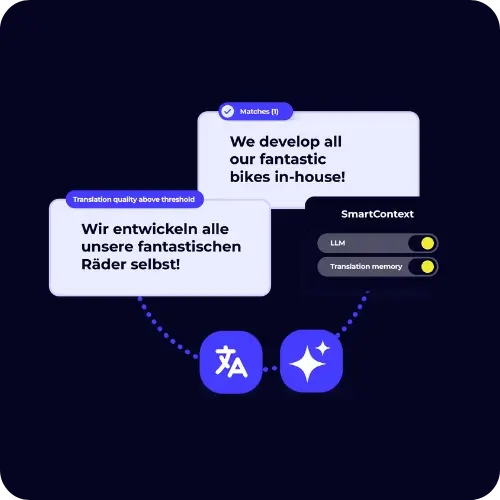
AI that's open, not hidden
Smartcat uses AI for suggestions and quality scoring, but doesn’t explain how any of it works. You can’t see which models are being used, what they’re basing decisions on, or how to customise anything. That lack of transparency creates problems — especially in industries with strict compliance rules.
XTM takes a more open approach. With its Advanced AI Pack, you get tools like Intelligent Score, which uses recognised industry standards to assess quality. Language Guard flags risky content before it goes live. You can even bring your own AI models if you prefer — and know exactly how they’re being used.
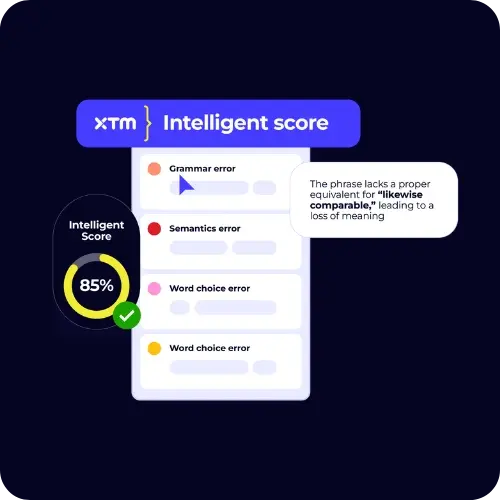
Security you can actually control
For companies in finance, healthcare, or government, cloud-only systems aren’t always an option. Smartcat only offers a public cloud setup, with limited control over where your data is stored or who has access.
XTM gives you options. Choose from public cloud, private cloud, or full on-premise hosting — whatever matches your security requirements. That means you stay compliant with internal policies and industry regulations without compromise.
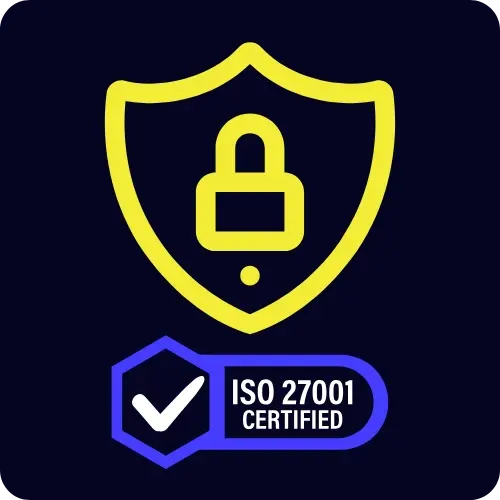
Translation memory that's really yours
Smartcat mixes translation memory across its community, which might sound helpful, but often leads to inconsistent results. You could end up with other companies’ phrasing in your final translations — and that’s not ideal for brand consistency.
XTM keeps your linguistic assets separate and secure. You decide who contributes, what gets reused, and which terms stay locked. Different teams, product lines, or regions can work from their own sets of terms without stepping on each other’s toes.
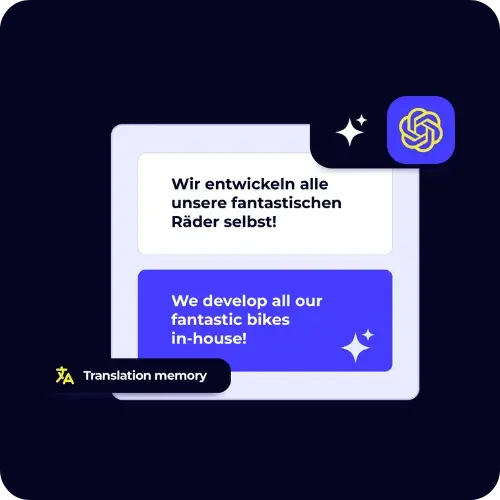



%20Request%20pricing%20v2.webp?width=1000&height=200&name=Book%20demo%20CTAs%20(1000%20x%20200%20px)%20Request%20pricing%20v2.webp)
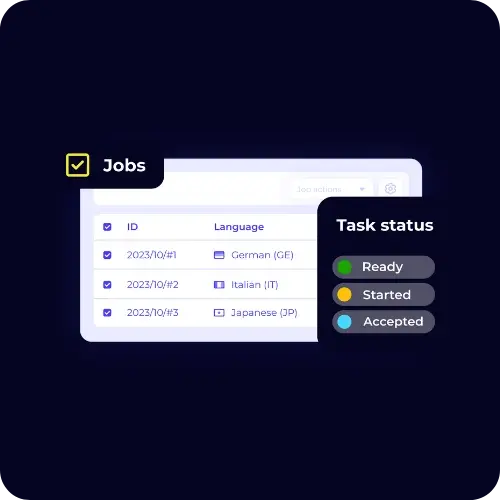
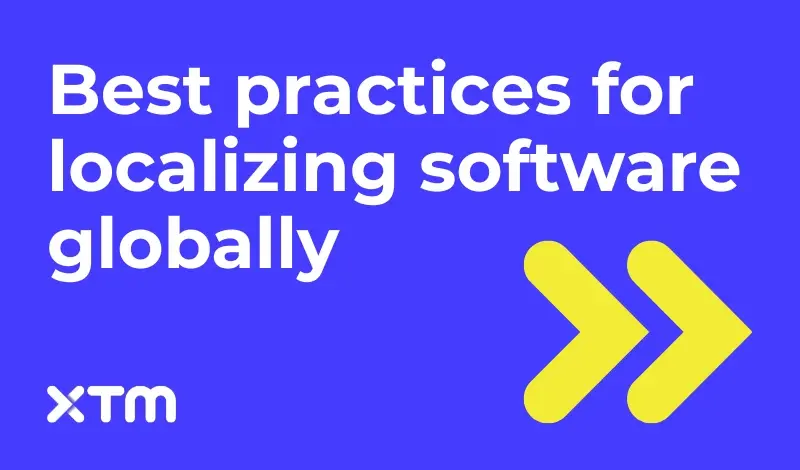
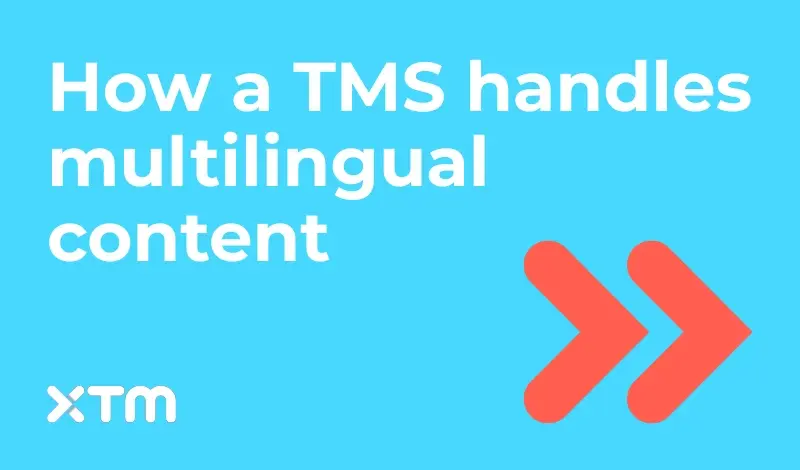
.webp)